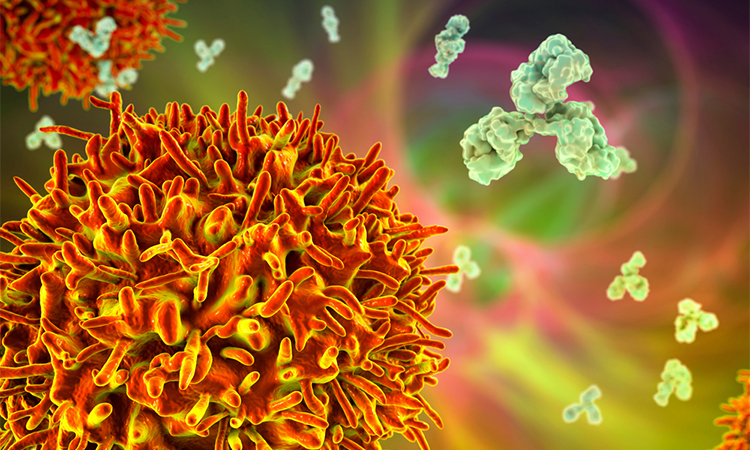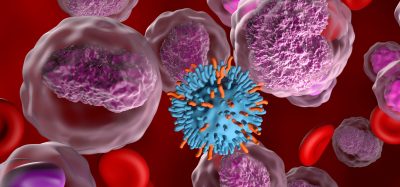Researchers have created a new view of how B cells recognise threats such as viruses
Posted: 16 March 2023 | Ria Kakkad (Drug Target Review) | No comments yet
The researchers say their new discovery could be used to design better vaccines and to gain a deeper insight into autoimmune diseases and allergies.


In a study published in Nature Communications, researchers from Aarhus University, Denmark, reveal crucial new knowledge about B cells, which form a vital element in the body’s defence system.
The researchers have examined the earliest step in activating the B cells, namely the activation mechanism that is triggered when the cells recognise a specific target or an antigen.
“Previously, it was believed that the antigens from, for example, viruses or vaccines would have to cross-bind a B-cell’s receptors on the cell surface. But now we have shown that even antigens that can only bind one receptor at a time are able to activate the B cells,” said senior author Associate Professor Søren Degn.
“The result is significant because it represents a breakthrough in our understanding of how these important immune cells ‘recognise’ their enemies. Once we understand what is going on, we can imitate it in the design of new vaccines, to ensure maximum effect,” he continued. “One might say that our findings can make us better at mimicking the pathogenic microorganisms, and thus better at provoking or ‘cheating’ the immune system into generating a good immune response when we vaccinate.”
The discovery is interesting for both the immunological field and for cell biology in general, because the researchers have shed new light on the foundation for how receptors on the surface of cells send signals into the cells – a key biological process.
“The study enables us to better understand the background for one of the most important processes in the immune system, and one of the most important processes in cell biology. But, in the long term, this could also have important application-oriented aspects,” said Degn.
The researchers have begun pre-clinical vaccine trials with the aim of translating the findings into clinically relevant vaccine design. They are also attempting to use the same tools in reverse, to target and turn off harmful immune system responses such as allergic reactions and autoimmune diseases.
“When we understand how the B cells are activated, we can create better vaccines. In the slightly longer term, we may also be able to switch off B-cell activation in cases where it is harmful. We are studying both in the CellPAT basic research centre at Aarhus University,” said Degn.
For many years, the activation of B cells has been the object of a great deal of discussion among researchers, because the predominant model for how immune recognition takes place could not explain all of the observations.
In the new study, the researchers at the Department of Biomedicine and iNANO in Aarhus, in a cross-disciplinary collaboration with the Max Planck Institute, Germany, have created new tools that make it possible to puncture the predominant model and thereby bury the decades-old paradigm.
“We have shown that the way in which the activation of B cells has been explained over the past thirty or forty years is wrong. This is an important finding, because it opens the door to better vaccines and better treatment of a large group of diseases,” concluded Degn.
Related topics
Disease Research, Immunology, Immunotherapy, T cells, Vaccine
Related conditions
Allergies, autoimmune diseases
Related organisations
Aarhus University, Max Planck Institute
Related people
Associate Professor Søren Degn








